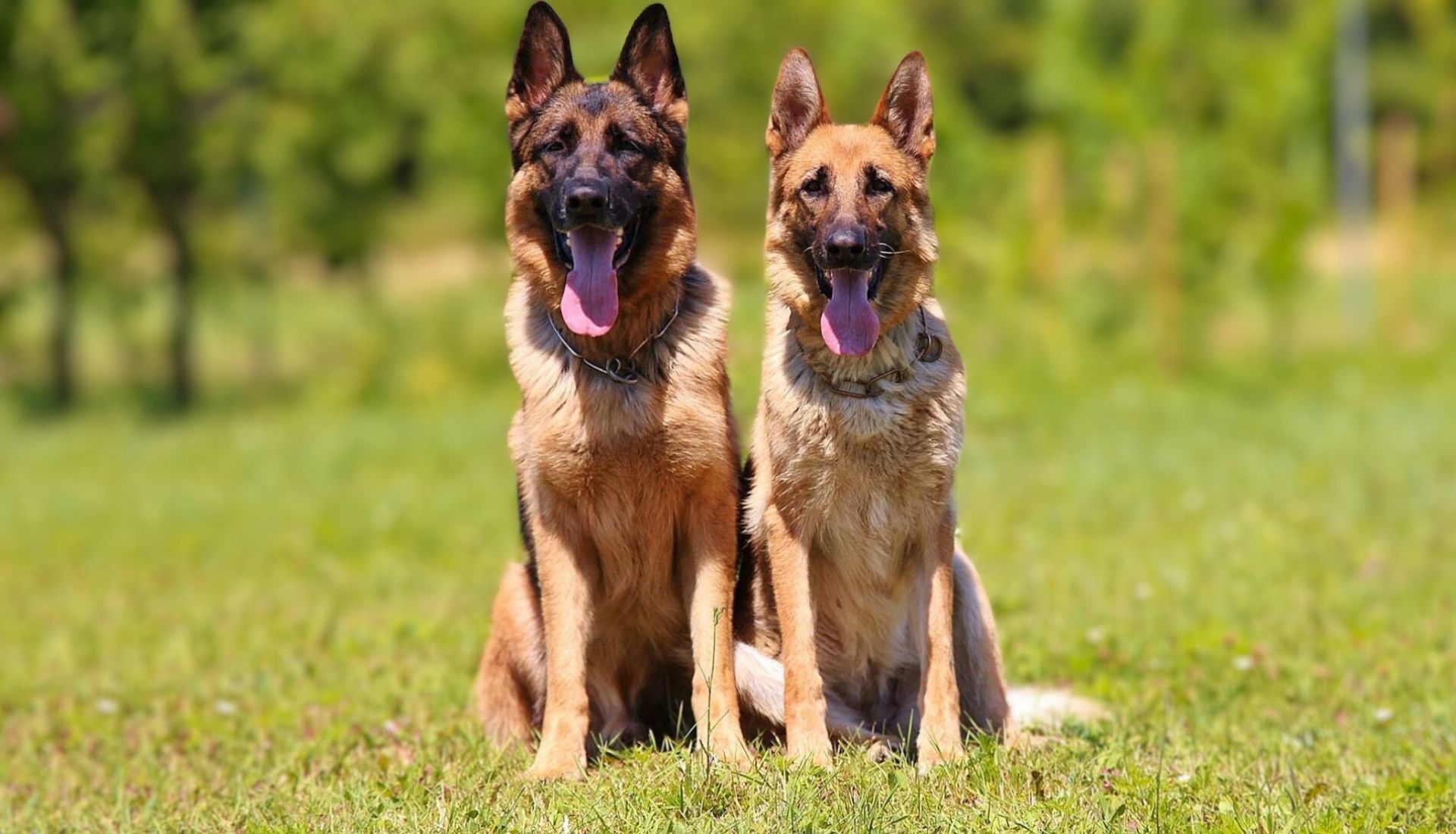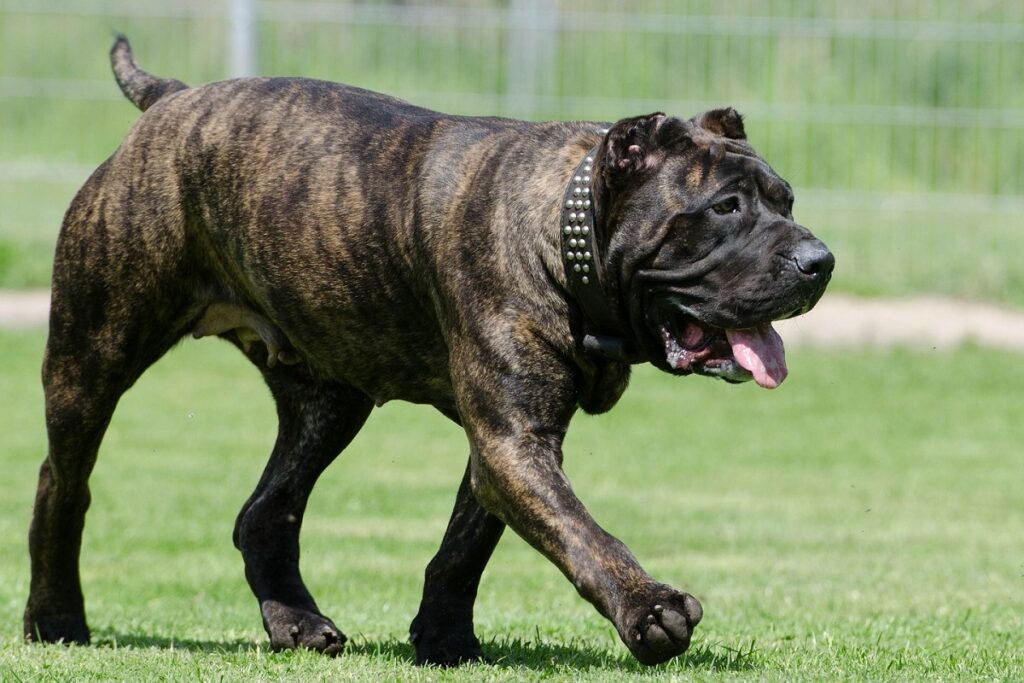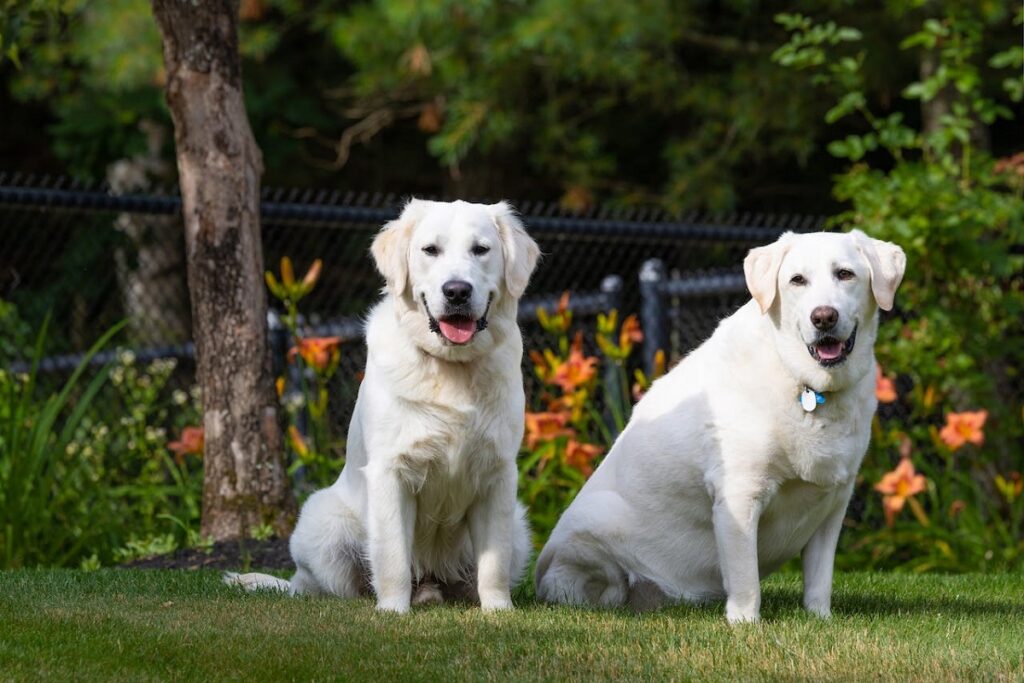The age-old debate of nature versus nurture extends even to the canine world, particularly regarding protective instincts. While breed plays a critical role, the question remains: does sex influence a dog’s protective drive? Are female dogs inherently more protective than their male counterparts when specifically trained for protection work? This exploration delves into the nuanced differences between male and female protection dogs, examining hormonal influences, social dynamics, and training considerations to determine if one sex truly holds a protective edge. Unleashing the truth may surprise you.
Choosing the right dog for protection roles involves more than just breed selection; the gender of your dog is a crucial factor. We’ll uncover the inherent traits of each gender, examining how they align with your needs for a guardian dog.
Whether it’s the imposing physical presence of male dogs or the fast maturity and trainability of females, understanding these distinctions is key to finding your ideal four-legged protector.
Join us on this journey to discover how gender influences a dog’s ability to safeguard and be a loyal companion in your home.
In this guide, we delve into the nuances that set female dogs apart, particularly focusing on their protective instincts. Join us as we unravel the layers of personality and behavior that might make a female dog the perfect guardian and companion for your home.
Are Female Dogs More Protective
Choosing between a female or male protection dog is more of a subjective choice. Sometimes, female dogs do better, and other times, male dogs might be the better choice. But really, whether a dog is male or female isn’t the most important thing.
What matters more is how well the dog is trained when it comes to guarding. A well-trained protection dog, whether male or female, will be good at following commands, calm and gentle with kids and other pets, and only aggressive when necessary.
It’s a common myth that male dogs are always obedient and calm, while female dogs are always lively and assertive. But in reality, a dog’s personality isn’t just about its gender or breed. Training plays a big role! Your dog will adapt to your lifestyle and emotions, making them great companions.
We’re going to explore these ideas and see if there are any natural behaviors that are common in dogs of the same gender.
Physical Differences
Male and female dogs differ in size and weight, with males usually being bigger and heavier. Take the Great Dane as an example: males can grow up to 32 inches tall and weigh 140 to 175 pounds, whereas females typically reach about 30 inches in height and weigh 110 to 140 pounds, according to the American Kennel Club.
But remember, these are just average figures, and there’s a lot of variation within the breed.
Personality Differences
Male and female dogs often show different behaviors, which can affect their roles as protection dogs. Generally, male dogs are more aggressive and territorial, making them quick to respond to intruders. They are also known to be involved in 70-76% of reported bite incidents than female dogs. However, their aggression can sometimes be harder to control.
On the other hand, female dogs can be protective, driven by their maternal instincts. This makes them naturally vigilant in guarding your family. They are also usually affectionate and can manage their aggression well, especially in busy areas.
Male dogs are usually very affectionate and love human attention. They often seek out any form of affection and are less inclined to be independent. However, it’s important to remember that a dog’s breed can greatly influence its temperament.
Female dogs, in comparison, are generally more independent than males. While they do enjoy a good cuddle, they are not as demanding for attention. They often choose to take time for themselves when they need a break.
Level of Obedience
Obedience is key for a protection dog, regardless of whether it’s male or female. Proper training is crucial for control and effectiveness.
However, female protection dogs often show higher obedience levels than males. This is because they generally have longer attention spans and mature faster. Female puppies typically mature faster, reaching sexual maturity between six and nine months. They also have a strong desire to please their owners.
Females are usually easier to train for housebreaking and tend to form closer bonds with their owners. But they can sometimes demand more attention in certain situations.
Differences in Reproduction and Hormones
The hormone profiles of male and female dogs, which differ significantly, can influence their behavior and temperament. This is especially important when considering adopting an intact dog, one that hasn’t been spayed or neutered, as their reproductive capabilities affect their behavior.
Intact male dogs often display more territorial behavior and higher aggression levels than those who are neutered. They are also prone to roaming and showing lower obedience levels. Plus, they’re easily distracted, particularly when they sense a female in heat nearby.
Similarly, intact female dogs are more likely to roam and show decreased obedience during their heat cycles. To minimize the development of these sex-associated behaviors in your personal protection dog, spaying or neutering is a viable option to consider.
Differences in Activity Level
There’s a common belief that male dogs are more active, but this isn’t always true for every dog. When considering a dog’s activity level, the breed is often more important than the gender. Different breeds have varying exercise needs, so it’s crucial to choose one that matches your lifestyle.
For instance, committing to 60 minutes of exercise daily is a significant consideration and requires consistent effort.
As for female dogs, they are often perceived as calmer and might need less exercise than their male counterparts. They tend to be smaller, less prone to roaming or marking territory, and may stay closer to their owners during walks, showing loyalty and protective nature.
However, these observations can vary depending on the individual dog and its environment.
Ease of Training
Male dog breeds often show more territorial behavior and can be dominant or aggressive towards other dogs, engaging in actions like marking or humping. This can pose challenges in training them for good social behavior. Yet, they are typically playful and keen to please, which can aid in their training.
Female dogs tend to be more independent, less likely to participate in rough play and may be more responsive to their surroundings, needing a more patient training method. They can also be more stubborn, emphasizing the need for a strong, respectful bond in their training process.
Health Difference
Both male and female dogs can experience different health issues, but no gender is inherently healthier. Male dogs often face a higher risk of heart and joint disorders, whereas females are more prone to skin and digestive problems.
Male dogs are usually energetic and need active care. Neutering has health benefits and risks, so consider this, especially if your dog’s breed is prone to heart disease or joint issues. Early prevention, like supplements, can help. Small female dogs often avoid heart issues but may face joint problems and cognitive decline.
Dog owners need to consider these gender-specific health tendencies when caring for their pets. Regular veterinary check-ups and a healthy lifestyle can help manage these risks for both male and female dogs.
Conclusion
Opting for a dog based solely on its gender doesn’t assure you’ll get the desired personality traits. It’s more effective to focus on the breed’s characteristics or consider adopting a fully grown dog whose personality is already established.
Remember, a dog’s behavior can evolve, much like humans. Environmental factors, such as being in a shelter, might affect their demeanor.
In households with many dog owners or multiple dogs, understanding the dog’s gender, its behavioral differences, and possible health problems is crucial. Whether managing two female dogs, considering maternal instincts, or dealing with dogs of the opposite sex, each scenario requires specific attention.
However, no one gender is inherently better or healthier than the other.
The key to a fulfilling and lasting bond with your dog lies in love, patience, and consistent training. These elements will help bring out the best in many dogs, irrespective of their gender, and ensure a joyful, harmonious relationship.
Ultimately, a dog’s protectiveness isn’t solely determined by sex. While females might display more nurturing and territorial behaviors linked to their maternal instincts, males often possess greater size and strength, potentially making them more physically imposing deterrents. Training, socialization, breed predisposition, and individual temperament play more significant roles than sex in shaping a dog’s protective instincts. Choosing the right protection dog depends on individual needs and a comprehensive assessment of the dog’s personality and training, not simply its sex.







